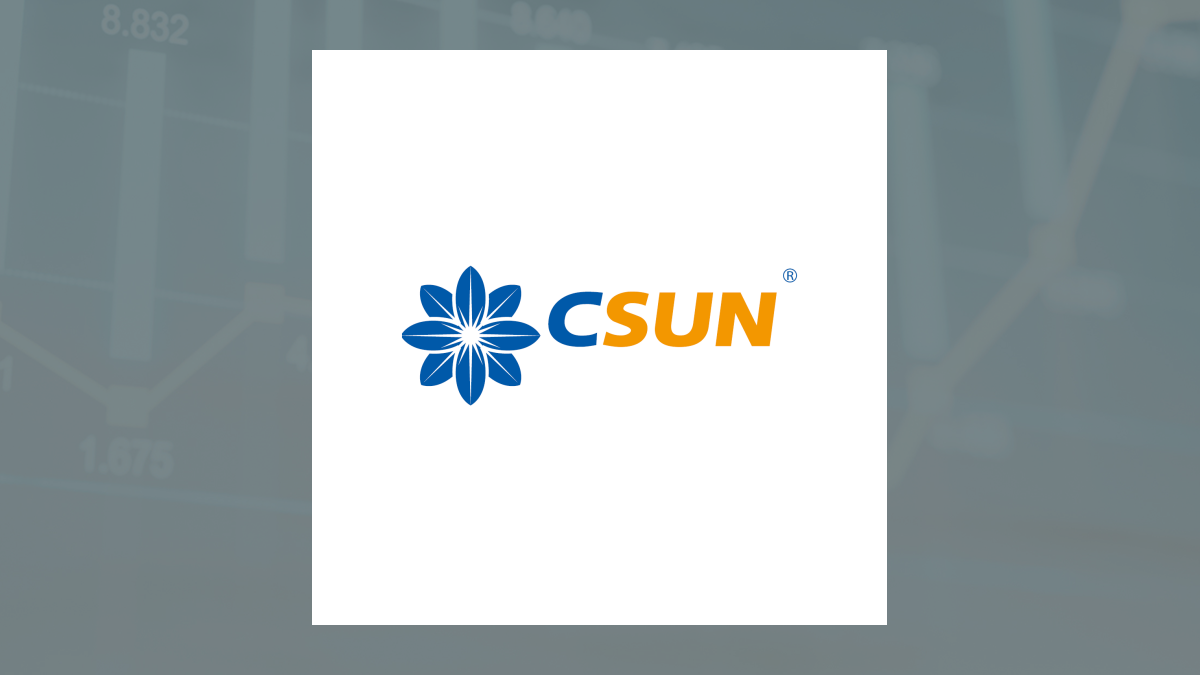Navitas Semiconductor (NASDAQ:NVTS – Get Free Report) and China Sunergy (OTCMKTS:CSUNY – Get Free Report) are both computer and technology companies, but which is the better stock? We will compare the two businesses based on the strength of their earnings, institutional ownership, dividends, valuation, analyst recommendations, profitability and risk.
Analyst Recommendations
This is a breakdown of recent ratings and recommmendations for Navitas Semiconductor and China Sunergy, as provided by MarketBeat.com.
| Sell Ratings | Hold Ratings | Buy Ratings | Strong Buy Ratings | Rating Score | |
| Navitas Semiconductor | 1 | 1 | 5 | 0 | 2.57 |
| China Sunergy | 0 | 0 | 0 | 0 | 0.00 |
Navitas Semiconductor presently has a consensus target price of $3.82, suggesting a potential upside of 120.89%. Given Navitas Semiconductor’s stronger consensus rating and higher possible upside, equities analysts clearly believe Navitas Semiconductor is more favorable than China Sunergy.
Valuation and Earnings
| Gross Revenue | Price/Sales Ratio | Net Income | Earnings Per Share | Price/Earnings Ratio | |
| Navitas Semiconductor | $83.30 million | 3.96 | -$145.43 million | ($0.45) | -3.84 |
| China Sunergy | N/A | N/A | N/A | N/A | N/A |
China Sunergy has lower revenue, but higher earnings than Navitas Semiconductor.
Institutional and Insider Ownership
46.1% of Navitas Semiconductor shares are held by institutional investors. 31.8% of Navitas Semiconductor shares are held by company insiders. Strong institutional ownership is an indication that hedge funds, endowments and large money managers believe a stock is poised for long-term growth.
Volatility & Risk
Navitas Semiconductor has a beta of 2.24, suggesting that its share price is 124% more volatile than the S&P 500. Comparatively, China Sunergy has a beta of 3.78, suggesting that its share price is 278% more volatile than the S&P 500.
Profitability
This table compares Navitas Semiconductor and China Sunergy’s net margins, return on equity and return on assets.
| Net Margins | Return on Equity | Return on Assets | |
| Navitas Semiconductor | -84.61% | -23.64% | -20.18% |
| China Sunergy | N/A | N/A | N/A |
Summary
Navitas Semiconductor beats China Sunergy on 6 of the 10 factors compared between the two stocks.
About Navitas Semiconductor
![]() Navitas Semiconductor Corporation designs, develops, and markets gallium nitride power integrated circuits, silicon carbide, associated high-speed silicon system controllers, and digital isolators used in power conversion and charging. The company’s products are used in mobile, consumer, data center, solar, electric vehicle, industrial motor drive, smart grid, and transportation applications. It operates in the United States, Europe, China, rest of Asia, and internationally. The company was founded in 2013 and is based in Torrance, California.
Navitas Semiconductor Corporation designs, develops, and markets gallium nitride power integrated circuits, silicon carbide, associated high-speed silicon system controllers, and digital isolators used in power conversion and charging. The company’s products are used in mobile, consumer, data center, solar, electric vehicle, industrial motor drive, smart grid, and transportation applications. It operates in the United States, Europe, China, rest of Asia, and internationally. The company was founded in 2013 and is based in Torrance, California.
About China Sunergy
 China Sunergy Co., Ltd., together with its subsidiaries, designs, develops, manufactures, and markets solar cells and modules in the People's Republic of China and internationally. The company offers monocrystalline and multicrystalline silicon solar cells; and standard P-type solar cells, HP solar cells, and emitter cells, as well as solar modules for use in a range of residential, commercial, industrial, and other solar power generation systems. It also invests in, develops, and operates solar power projects. The company sells its products to system integrators, solar power project developers, and solar power product distributors under the CSUN brand name, as well as on an original equipment manufacturing basis. China Sunergy Co., Ltd. was founded in 2004 and is headquartered in Nanjing, the People's Republic of China.
China Sunergy Co., Ltd., together with its subsidiaries, designs, develops, manufactures, and markets solar cells and modules in the People's Republic of China and internationally. The company offers monocrystalline and multicrystalline silicon solar cells; and standard P-type solar cells, HP solar cells, and emitter cells, as well as solar modules for use in a range of residential, commercial, industrial, and other solar power generation systems. It also invests in, develops, and operates solar power projects. The company sells its products to system integrators, solar power project developers, and solar power product distributors under the CSUN brand name, as well as on an original equipment manufacturing basis. China Sunergy Co., Ltd. was founded in 2004 and is headquartered in Nanjing, the People's Republic of China.
Receive News & Ratings for Navitas Semiconductor Daily - Enter your email address below to receive a concise daily summary of the latest news and analysts' ratings for Navitas Semiconductor and related companies with MarketBeat.com's FREE daily email newsletter.
